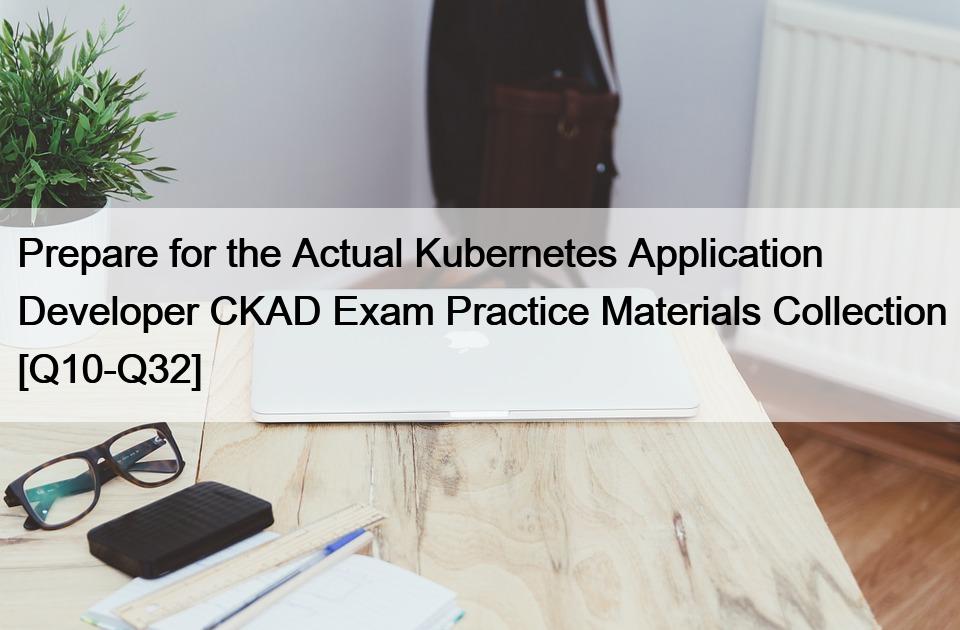Prepare for the Actual Kubernetes Application Developer CKAD Exam Practice Materials Collection [Q10-Q32]
Prepare for the Actual Kubernetes Application Developer CKAD Exam Practice Materials Collection
Kubernetes Application Developer Certified Official Practice Test CKAD – Mar-2024
The CKAD certification exam is designed for developers with experience in containerization and Kubernetes, looking to validate their skills and knowledge to build, deploy, and manage cloud-native applications on Kubernetes. CKAD exam evaluates the candidate’s understanding of Kubernetes architecture, Kubernetes objects, Kubernetes networking, Kubernetes storage, Kubernetes security, and Kubernetes troubleshooting. The CKAD certification is recognized globally by organizations and enterprises as a standard for Kubernetes application development expertise, making it a valuable credential for developers seeking to advance their careers in cloud computing and containerization.
To prepare for the CKAD certification exam, developers can take advantage of a range of resources offered by the Linux Foundation, including training courses, study guides, and practice exams. The Linux Foundation also offers a community forum where developers can connect with other CKAD candidates and share tips and advice on how to prepare for the exam. With the right preparation and dedication, developers can earn their CKAD certification and take their career in Kubernetes application development to the next level.
Ace Linux Foundation CKAD Certification with Actual Questions Mar 01, 2024 Updated: https://www.premiumvcedump.com/Linux-Foundation/valid-CKAD-premium-vce-exam-dumps.html
